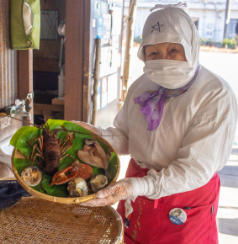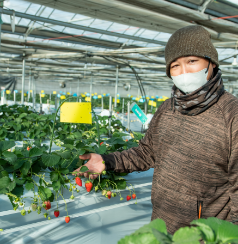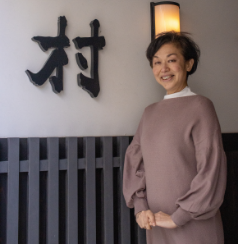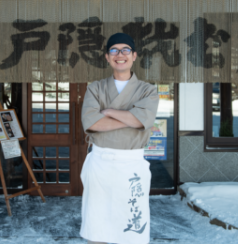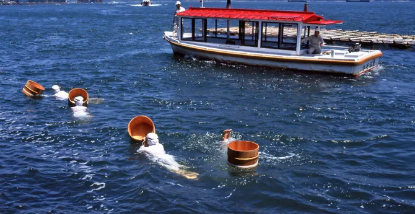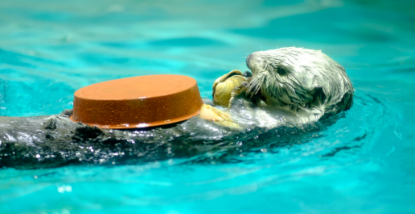Ama Hut Hachiman
Experience seafood with an ama diver
Since ancient times there has been a particularly unique way of fishing in Japan. Female divers called “ama” traditionally free dive into the sea for food. In Mie Prefecture, ama fishing is very famous, and you can eat fresh seafood caught by ama themselves in traditional huts. Recently, the ama hut has become popular among tourists, where you can enjoy freshly caught seafood like abalones or lobsters. In this interview, we spoke with a former ama who manages the ama huts, to gain a deeper understanding of ama history and culture.
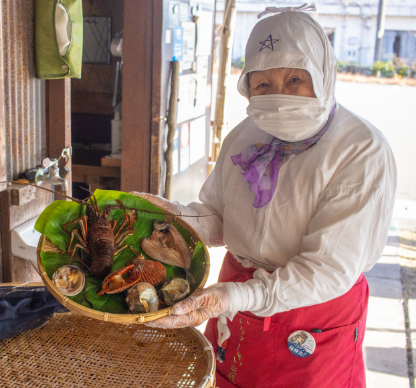
Reiko Nomura
Reiko Nomura is the mother of the president of Hyokichiya, the company which operates the Ama Hut Hachiman. She is one of the oldest among all ama divers and dove until she was 80.
Her mother, grandmother, and all the women in the area were ama divers since long ago. Ms Reiko started diving at the age of 10 and lived by collecting from the bountiful marine life of Ise and Toba with her own hands.
She founded the Ama Hut Hachiman Kamado together with her son and his wife. They operate the Ama Hut to share the history and culture of ama fishing with the world.
Is there a reason why ama diving is prevalent in the area around Toba?
It is said that ama diving has been practised since 2,000 years ago. Since then, the marine life in the area has been bountiful due to the ocean’s current and other factors. I think the desire to eat and share that delicious bounty all over Japan has kept us going to this day.
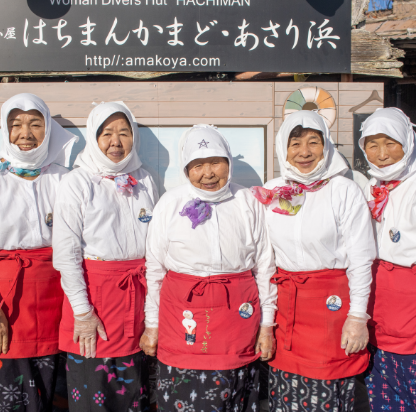
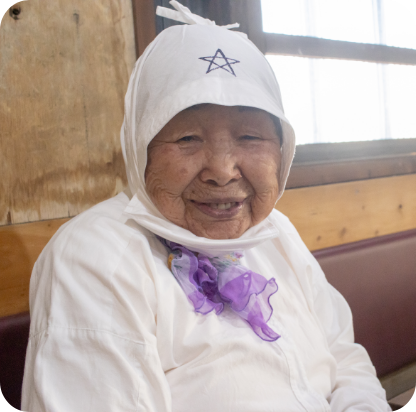
How is ama diving different from other fishing practices?
The most significant difference is that it is traditionally a job for women. The word ama in kanji is 海女, where 海 means sea, and 女, means woman, so it literally translates to a woman of the sea. It may be because men are said to have less subcutaneous fat than women, which helps insulate the body and regulate temperature. The clothes we are wearing now are the same clothes used for diving until about 40 – 50 years ago. Since the sea's water temperature is especially cold, men cannot free-dive for long periods during those times. Nowadays, there are also male divers because they can wear wetsuits now, but there are still significantly more female divers.
How long do you usually swim and dive?
When fishing, we swim to about 400 – 500 metres offshore and dive to a depth of about 10 metres. We can only dive for about a minute, so we check where the shellfish are and then catch them. We spend about an hour and a half fishing a day.
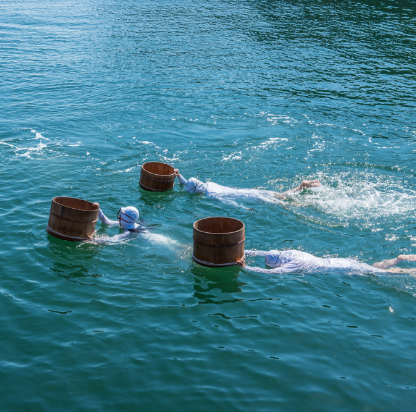
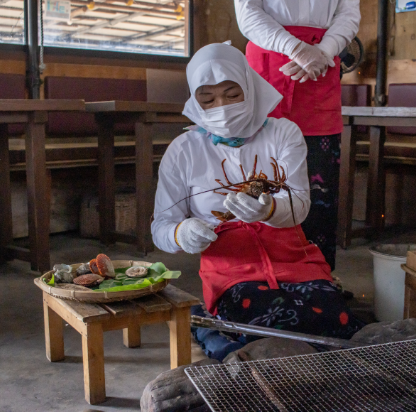
What kinds of seafood can you catch?
Abalone, sea cucumber, octopus, sea urchin, etc. There are also lobsters, but since they are nocturnal, they are caught using traps set up during the day.
Which seafood makes you happiest when you catch it?
It’s definitely abalone because it is called the king of the sea. Abalones are usually hard to find, and when you do find one on rocks, it is very difficult to remove, so when I see a big one, it makes me very happy.
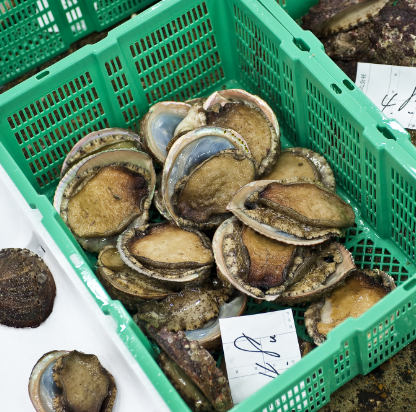
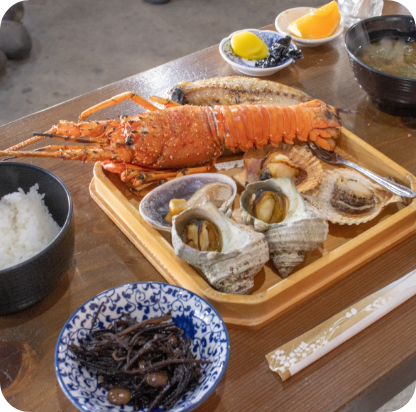
What is the one thing you want Singaporeans to try when visiting Ama Hut?
This is also abalone! And also, lobsters. Both are kings of the sea. I hope they enjoy the fresh seafood.
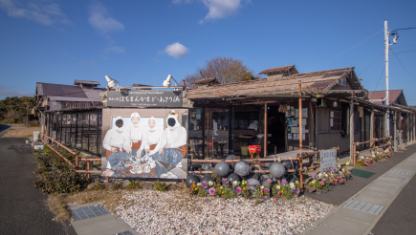
Ama Hut Hachiman
Sample exquisite seafood caught from nearby waters freshly grilled by ama (women free-divers) themselves while hearing stories of their history and culture. Other fun activities include dressing up as an ama and a noshi workshop wherein you will learn to create a decoration attached to a traditional white Japanese envelope made of abalone caught by an ama.
Address: 819 Osatsu-cho, Toba, Mie 517-0032
Official Website >Get advisory information regarding COVID-19 situation in Japan
Go to Advisory Information website




